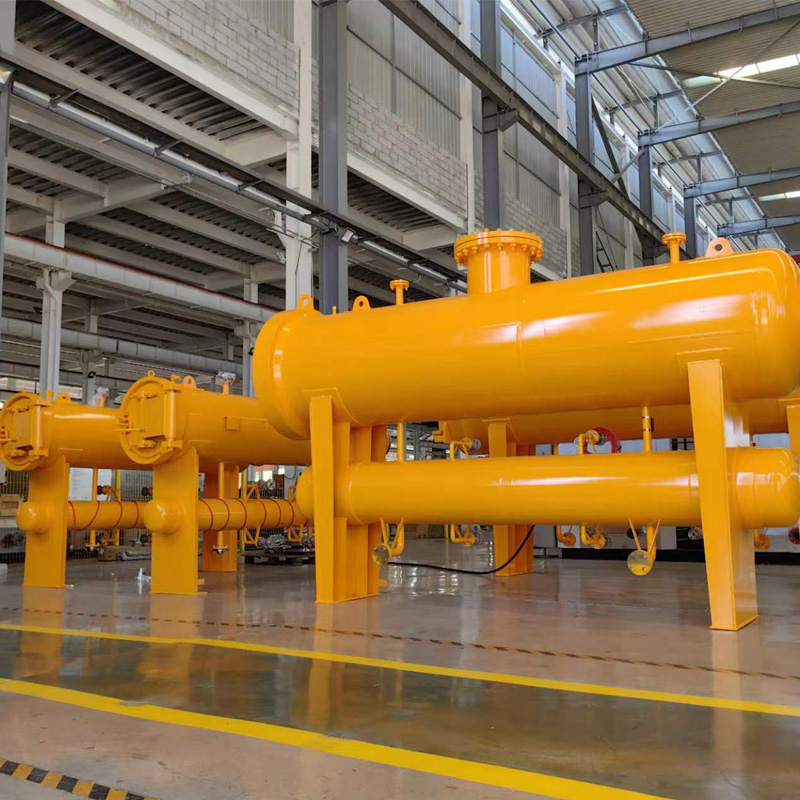
Aug . 09, 2024 01:55
Back to list
Understanding the Importance and Functionality of Relief Valves in Industrial Applications
Understanding Relief Valves Importance and Functionality
Relief valves are crucial components in various industrial systems, playing a vital role in maintaining operational safety and efficiency. These devices are designed to protect equipment and personnel by ensuring that pressure levels remain within safe limits. This article will explore the importance of relief valves, their functionality, types, and applications across different industries.
At its core, a relief valve is a type of safety valve that automatically releases excess pressure from a system when it exceeds a predetermined level. This is particularly important in systems that operate under high pressure, such as boilers, chemical processing facilities, and even automotive engines. Without relief valves, these systems could experience catastrophic failures, leading to equipment damage, costly downtime, and even severe injury or loss of life.
The primary function of a relief valve is to divert excess pressure away from critical components. When pressure builds up, the valve opens, allowing the fluid or gas to escape until the pressure drops back to a safe level. This automatic response is crucial, as manual overrides can be slow and may not effectively manage sudden pressure spikes. Relief valves are typically set to open at specified pressure points, calibrated to the specific safety requirements of the system in which they are installed.
relief valves

There are several types of relief valves, each designed for different applications and operating conditions. The most common types include spring-loaded relief valves, pilot-operated relief valves, and rupture discs. Spring-loaded relief valves are activated based on the force exerted by a spring, making them simple and reliable. Pilot-operated relief valves, on the other hand, utilize a pilot valve that responds to system pressure changes, offering more precise control. Rupture discs, alternatively, are designed to burst at a predetermined pressure, providing a one-time relief mechanism.
The applications of relief valves span many industries, including oil and gas, chemical manufacturing, pharmaceuticals, and water treatment. In the oil and gas sector, relief valves are essential for preventing pressure buildup in pipelines and processing equipment, protecting against explosions and leaks. In chemical manufacturing, these valves safeguard reactors and storage tanks, ensuring that volatile substances do not lead to hazardous situations. Similarly, in pharmaceuticals, maintaining the correct pressure in reactors and sterilizers is vital for product quality and safety.
Regular maintenance and inspection of relief valves are crucial to ensure their proper functioning. Over time, components can wear out or become clogged, leading to malfunctions that could compromise system safety. Regular testing, including calibration and verification of set pressures, is necessary to ensure that valves will perform as expected in an emergency.
In conclusion, relief valves are indispensable components that safeguard various industrial processes. Their ability to automatically release excess pressure protects both equipment and personnel from potentially devastating accidents. With different types available to meet specific needs and applications, these valves are tailored to ensure safety and efficiency in many settings. The importance of regular maintenance and inspection cannot be overstated, as a properly functioning relief valve is integral to the overall safety and reliability of industrial operations. Investing in quality relief valves and prioritizing their upkeep can prevent disasters and contribute to the smooth functioning of critical processes.
Latest news
-
Safety Valve Spring-Loaded Design Overpressure ProtectionNewsJul.25,2025
-
Precision Voltage Regulator AC5 Accuracy Grade PerformanceNewsJul.25,2025
-
Natural Gas Pressure Regulating Skid Industrial Pipeline ApplicationsNewsJul.25,2025
-
Natural Gas Filter Stainless Steel Mesh Element DesignNewsJul.25,2025
-
Gas Pressure Regulator Valve Direct-Acting Spring-Loaded DesignNewsJul.25,2025
-
Decompression Equipment Multi-Stage Heat Exchange System DesignNewsJul.25,2025

